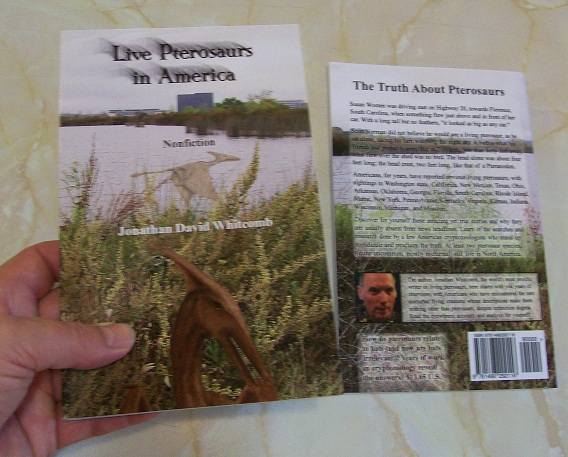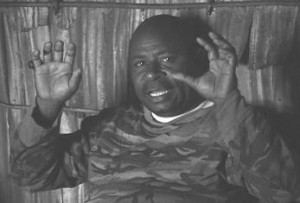The “dragon” sighting in Switzerland, by Christopher Schorerum, may be related to modern sightings of certain flying lights. I mentioned this in the second edition of Live Pterosaurs in America:
Woetzel’s paper includes an account . . . the eyewitness was Christopher Schorerum:
“On a warm summer night in 1619 . . . I saw a shining dragon of great size in front of Mt. Pilatus [Switzerland] . . . [flying] rapidly . . . with a long tail, a long neck, a reptile’s head . . . [the creature] scatters sparks.”
Of course nobody has a scientific test to verify that Christopher Schorerum saw a large flying creature that was glowing over central Switzerland. But we do have eyewitnesses in modern times, many ordinary persons from various countries, of various cultures, believing in various religious traditions, and speaking various languages. The descriptions they have given me, however, descriptions of flying creatures that Western traditional teachings proclaim are long extinct—those are not nearly so varied. And some of the descriptions of flying lights may be related to what was seen by Christopher Schorerum.
Jacob Kepas, native of Papua New Guinea and a Baptist minister, has helped several America cryptozoologists in exploring on the mainland and on Umboi Island; they interviewed many eyewitnesses of apparent pterosaurs. When he was about twelve years old, he himself saw a seklo-bali, as it flew overhead one night, in his village on the mainland of Papua New Guinea, near Wau. In a videotaped interview in the city of Lae, late in 2004, he described to Garth Guessman and Mary Blume the sparkles that fell from the flying creature as it flew over Jacob’s village. It may have been similar to the falling “sparkles” that Christopher Schorerum had seen three centuries earlier.
Many oceanic organisms use bioluminescence, and a few non-equatic organisms do as well; mechanisms may differ, but the result is organically-produced light. Perhaps the falling particles observed by Schorerum and Kepas (and others) relate to a different mechanism of bioluminescence in pterosaurs: perhaps a secretion or secretions that produce glowing in the surface of the creatures’ bodies but which sometimes drop off of their bodies during flight.
Set aside the word “dragon,” . . . as we consider the fiery flying serpent of the Old Testament. A common explanation includes a ”burning” wound from a venomous bite and a ”snake.” But what does the record actually say about “fiery serpent?” Those animals bit many of the Israelites and many died from those bites. What scripture makes a direct reference to any detail about any bite or detail about those bites in general? I have never seen any such scripture. “Fiery” is used for the animal, not for the bite on a victim. Why should anyone object to the suggestion that bioluminescence was involved, with small long-tailed winged creatures that glowed while they flew at night? Many accounts suggest bioluminescent Rhamphorhynchoid pterosaurs still live, albeit nocturnally, in a number of areas in this modern world.
Schorerum does not stand alone, in his sighting of a glowing dragon, for many eyewitnesses support his declaration. Whether called “dragon,” “pterosaur,” “flying dinosaur,” or “pterodactyl,” these long-assumed-long-extinct flying creatures still live among us, even if they are mostly active only at night.
_____________________________________________________________________

From Chapter Two of the third edition of the cryptozoology book Live Pterosaurs in America:
When I returned from Papua New Guinea, in 2004, I knew almost nothing about reports of apparent pterosaurs, or “dragons,” in California. I . . . assumed they live [in the western Pacific] because of the vast tropical wildernesses, providing them warmth, food, and seclusion. I also assumed that the few reports that I had read [“pterodactyls”] were of a few stragglers from Central America. But after publishing many web pages about living pterosaurs in Papua New Guinea, I received emails and phone calls from eyewitnesses: sightings in California, Texas, New Mexico, Oklahoma, Arkansas, Florida, Georgia, South Carolina, North Carolina, Virginia, Maryland-Virginia border, Pennsylvania, New York, Rhode Island, Ohio, Kentucky, Indiana, Michigan, Wisconsin, Kansas, and Washington State. I became a believer in American pterosaurs.



